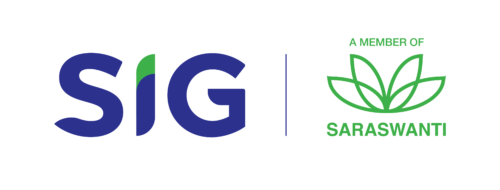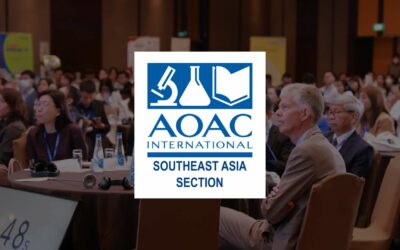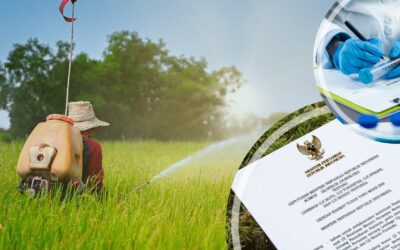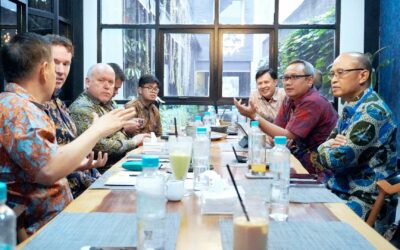Formaldehida
Formaldehida dalam tekstil, yang juga sering disebut sebagai resin permanen, digunakan untuk memberikan ketahanan terhadap kerutan pada tekstil berbasis kapas kain katun atau campuran katun-poliester). Paparan formaldehida dalam jangka panjang pada tekstil dapat menyebabkan hipersensitivitas kulit yang dapat menyebabkan dermatitis, yang juga secara khusus disebut sebagai dermatitis tekstil. The American Contact Dermatitis Society (ACDS) pada tahun 2015 menyatakan formaldehida sebagai alergen kontak.
Ekolabel Eropa (Keputusan Komisi 2002/371/EC) dan Standar Oeko-Tex 100 swasta, yang mempertimbangkan kriteria ekologi dan perlindungan konsumen. Batasnya adalah 300 mg/kg untuk tekstil yang tidak bersentuhan langsung dengan kulit dan bahan dekoratif di kedua skema. Untuk tekstil yang kontak langsung dengan kulit, Ecolabel menetapkan batas 30 mg/kg dan Standar Oeko-Tex 100 ditetapkan 75 mg/kg. Selain itu, Oeko-Tex Standard 100 menetapkan batas untuk tekstil untuk bayi yang harus melepaskan kurang dari 20 mg/kg formaldehida.
Bagaimana SIG dapat membantu
SIG mampu melakukan pengujian analisis kadar formaldehida pada tekstil mainan. Kami menawarkan metode pengujian berdasarkan standar ISO 14184-1: 2015
Metode Analisis
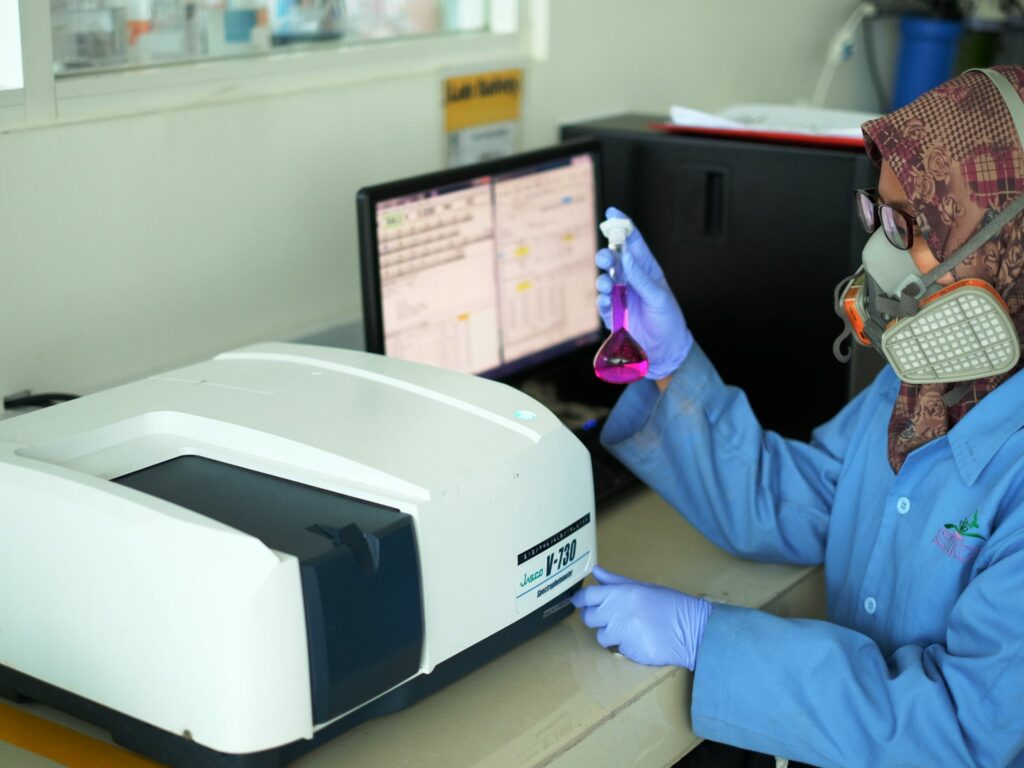
Colorimetric technique with spectrophotometer was used to measure the levels of formaldehyde extracted from the sample/fabric specimens.
Berita dan Informasi
Aktif Terlibat Dalam Forum Internasional: SIG Resmi Menjadi Bagian AOAC Southeast Asia
SIG telah meraih keanggotaan resmi dalam AOAC Southeast Asia (AOAC SEA). Langkah ini menandai komitmen SIG dalam mendukung perkembangan ilmu analisis dan pengujian ilmiah di wilayah Asia Tenggara. AOAC SEA adalah bagian dari AOAC Internasional yang merupakan sebuah organisasi global...
SIG Resmi Memperoleh Penunjukan dari KEMENTAN, Penuhi Kebutuhan Uji Mutu, Khasiat, dan Keamanan Pestisida
Pemanfaatan teknologi pengujian dan terdepan dalam pengembangan riset studi toksisitas, SIG berdasar Keputusan Menteri Pertanian RI No. 282 Tahun 2023 Sukses melengkapi penunjukannya sebagai lembaga uji...
SIG Gandeng Triskelion-Belanda: Membuka Peluang UKM Memasuki Pasar Eropa
SIG adalah laboratorium pengujian mutu dan keamanan produk terakreditasi ISO 17025 yang telah berpengalaman lebih dari satu dekade di dunia penelitian. Sejalan dengan semangat menjadi agen pendukung terciptanya dunia yang lebih aman #towardsasaferworld dan berperan aktif...
SIG Laboratory
Graha SIG, Jl Rasamala No. 20, Taman Yasmin, Bogor, Jawa Barat 16113.
Phone. +62 251 7532 348
WhatsApp. +62 82 111 516 516
Email. marketing-sig@saraswanti.com
SIG Jakarta
Jl. Percetakan Negara No. 52 B RT 006 / RW 001, Rawasari, Cempaka Putih, Jakarta Pusat 10570.
Phone. +62 21 2147 9292
SIG Surabaya
AMG Tower, 12th Floor, Jl. Dukuh Menanggal 1-A, Gayungan, Surabaya, Jawa Timur, 60234.
Phone. +62 31 8253 1288
WhatsApp. +62 818 885 165
Email. marketing@sigsurabaya.com
SIG Semarang
Jl. Kanfer Raya Blok R No. 4 Pedalangan, Kec. Banyumanik, Kota Semarang, Jawa Tengah 50268.
Phone. +62 24 7004 0541
WhatsApp. +62 812 9000 5165
Email. cs.sigsmg@saraswanti.com
SIG Medan
Jl. Bunga Asoka, Ruko Komp. Asoka Raya Residance No. 1, Medan Selayang, Sumatera Utara 20133,
WhatsApp. +62 822 7207 9665
Email. salesmedan.sig@saraswanti.com
SIG Yogyakarta
WhatsApp. +62 896 4856 9422
Email. arifin.sig@saraswanti.com
SIG Makassar
WhatsApp. +62 853 3843 9816
Email. anwar@sigsurabaya.com
Jam Operasional
Senin sd Jumat
08.00 - 17.00 WIB.

FOLLOW KAMI
